Broadcasting is another industry that Peli knows well. Having supplied industry professionals for over 40 years, our products are widely used within the industry to protect all kinds of high-tech fragile broadcasting equipment. Although when one thinks of broadcasting, television and radio most likely come to mind; however, with the advent of the internet and satellite communication, there are a number of newer types of broadcasting out there. Thus, we’ll be going over what broadcasting is, a brief history, as well as the forms of broadcasting used today.
What is broadcasting and broadcast media?
Broadcasting is the distribution of content, either audio or video, to a large dispersed audience by means of any medium of electronic mass communications. Typically, the mass communications medium is one that uses the electromagnetic spectrum, i.e. radio waves, in a one-to-many model.
Broadcast media has historically been a public service, provided and funded by governments around the world. One can think of National Public Radio (NPR) in the United States or British Broadcasting Corporation (BBC) in the United Kingdom as examples. Both are public service broadcasters that are meant to present impartial news and other media to the populace. However, broadcast media can also be private, i.e. they are not funded by the government. A good example of this would be broadcasters such as NBC in the United States or Sky UK in the United Kingdom.
Having established the above, broadcast media is a term that covers a diverse range of differing communication forms. These methods include, but are not limited to, television, radio and webcasts.
The value that broadcast media provides is in the information it communicates, which informs and educates the public. It can include public service announcements (PSAs), daily news, weather forecasts, interviews, and documentaries. It can also be recreational, including things such as reality television (TV), films, sports, advertising and comedy.
Forms of broadcasting
Radio broadcasting began commercially in 1920, although experimentally it had been done starting in 1906. And it is still alive and well to this day. This form of broadcasting sends audio signals through the air as radio waves from a transmitter, which are then picked up by an antenna and sent to a receiver. And you hear it coming out of your radio.
Television broadcasting is probably the form that most probably think of when they hear the term broadcasting. It began commercially in 1930, and is an extension of radio broadcasting, but includes the transmission of video signals as well.
In addition to the above, there is cable radio and television, which is the transmission of signals through coaxial cable.
Direct-broadcast satellite and satellite radio started in the 1970s and is meant for direct-to-home broadcast programming. It provides a mix of traditional radio or television broadcast programming, or both, in addition to dedicated satellite radio programming.
Lastly, we have webcasting of video and television as well as audio and radio streams. This is of course the newest form of broadcast media, this can include media from traditional sources, such as those named above, e.g. NBC or BBC. But it can also include new media such as podcasts and live streams on social media platforms such as YouTube or Facebook.
How does Peli help professionals in the broadcast industry?
Peli cases are IP67 rated watertight, dustproof, impact resistant cases that provide the ideal protection for the myriad high tech equipment that broadcast professionals use on a daily basis. Whether you are on set or on the go, you can rest assured your valuable photographic or electronic equipment will be highly protected inside a Peli case.
For those that need cases for cameras, flashes, lenses, Peli case’s different internal configurations will allow you to create snug custom foam nests while optional lid mesh pockets attach to the lid of the case for perfect organization of cables and cords. There are hundreds of sizes, deep, long and wide, that are perfect to house any kind of equipment you need to protect.
Click on the button below for more information on Peli cases.
We’d also be remiss not to mention our portable rack cases. Peli’s wide range of Rackmount Cases are engineered with tough rotationally moulded exteriors includes from preconfigured, standard models to the most configurable cases with the help of Peli’s Engineering Team.
Peli rack cases offer the necessary protection when travelling with your mixers, recorders, audio workstations, signal processing systems, amplifiers and other rack mountable audio and video equipment from one place to the next. Shock mounted models not only provide shock and vibration dampening, but also allow for airflow, which is especially important when protecting equipment that generates a lot of heat, like amplifiers. Besides, Peli Rack Cases have a front and rear lid, so the cooling of the equipment is guaranteed.
To find out more about Peli rack cases click on the button below for another FREE guide.


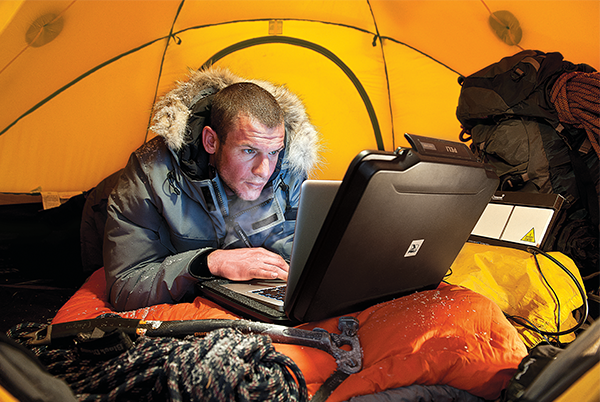


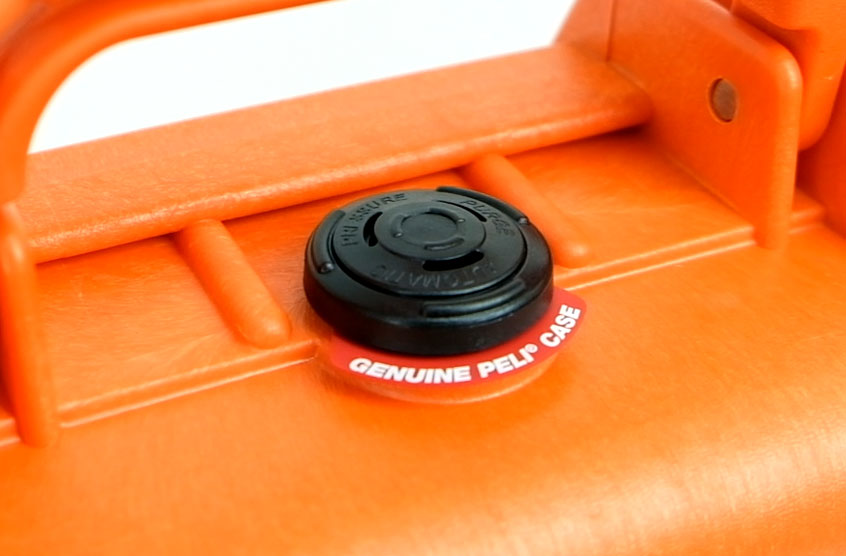
.png)





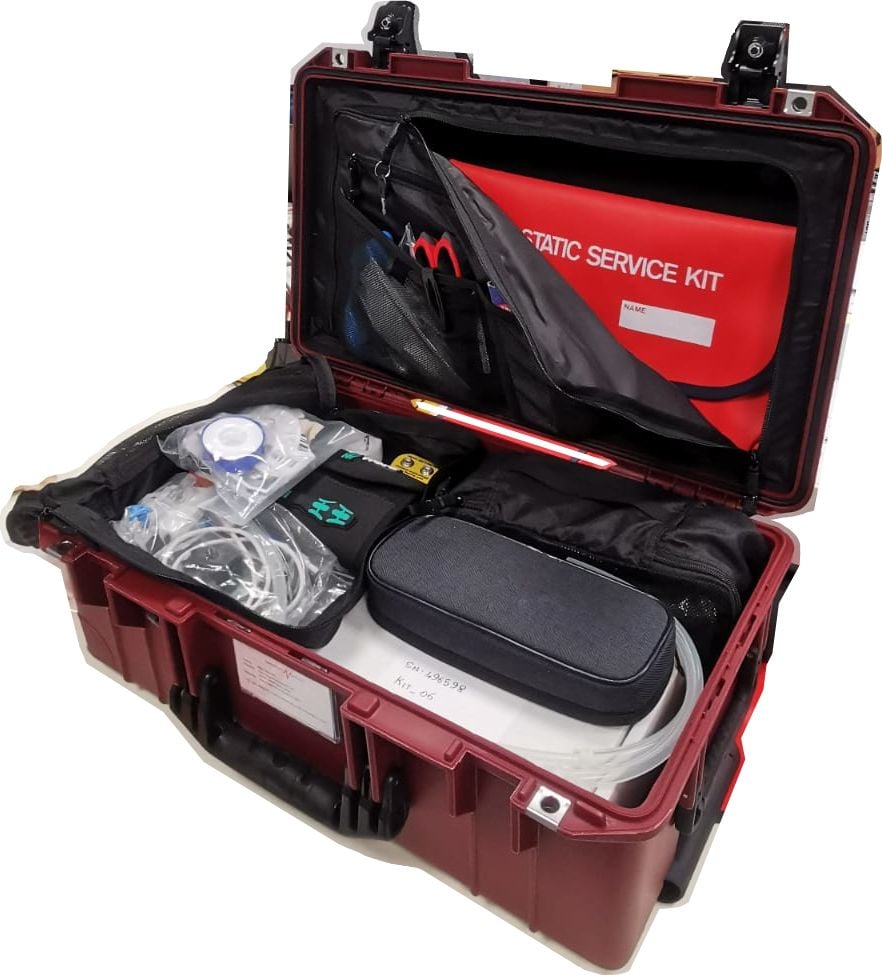

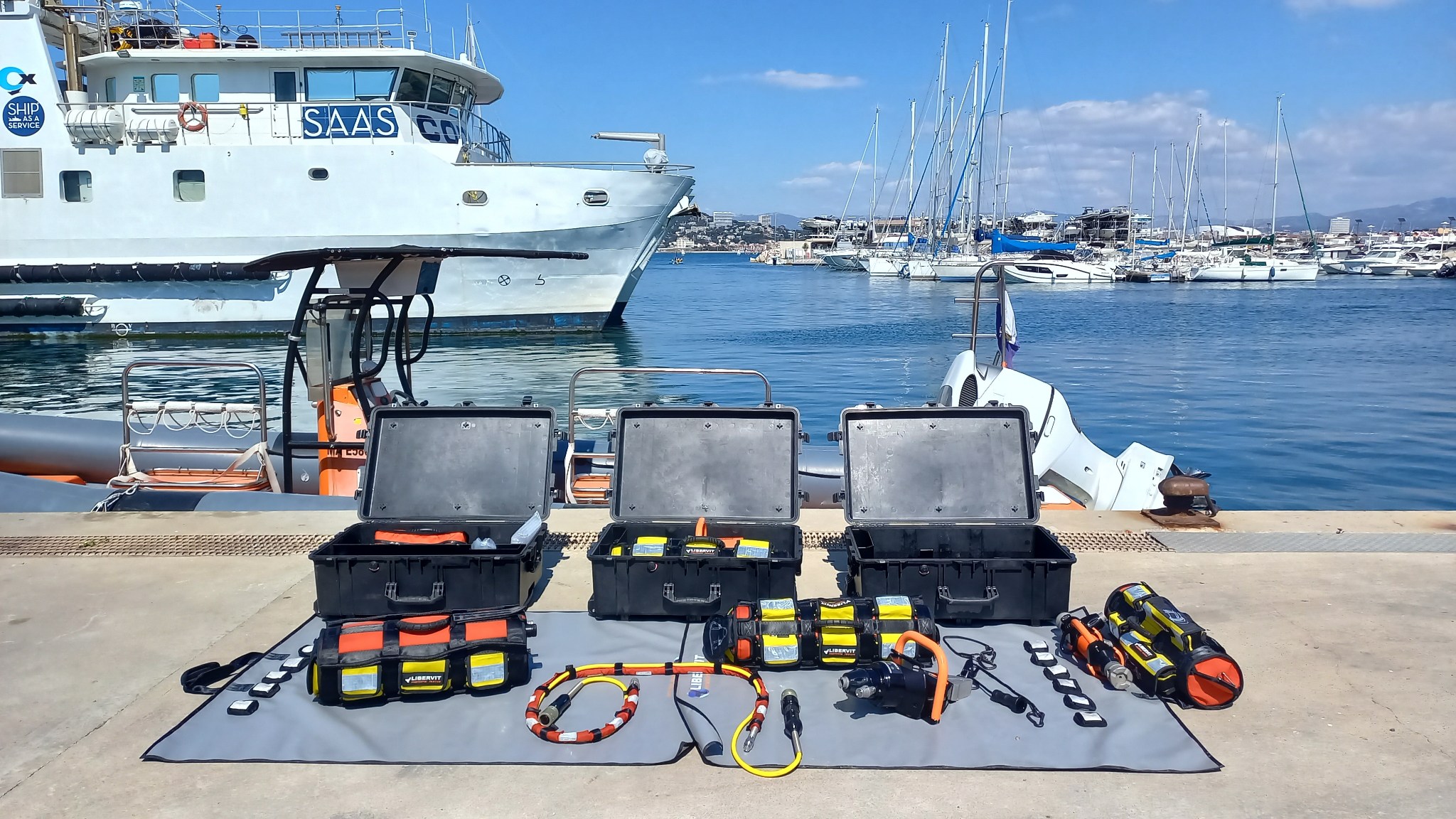
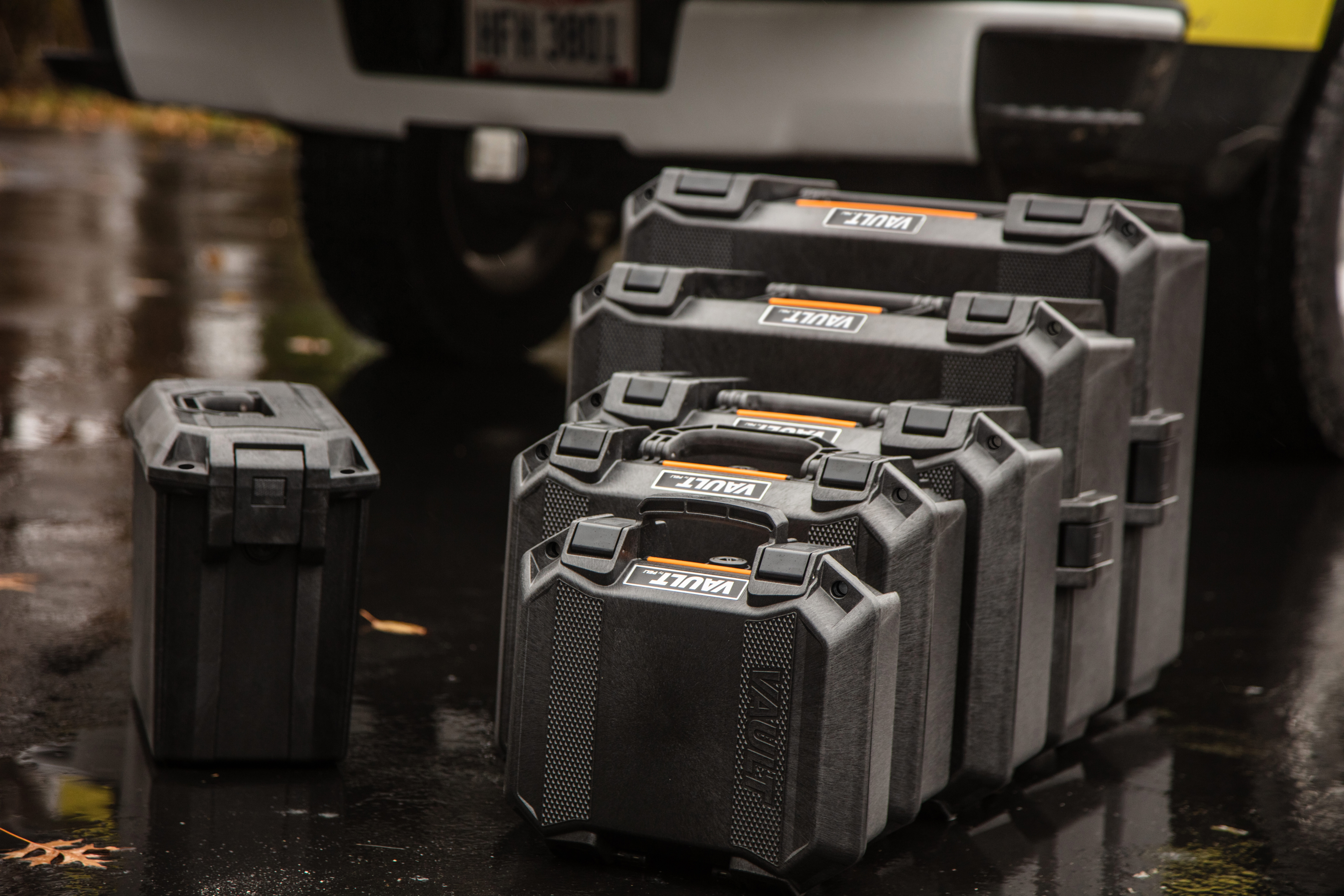
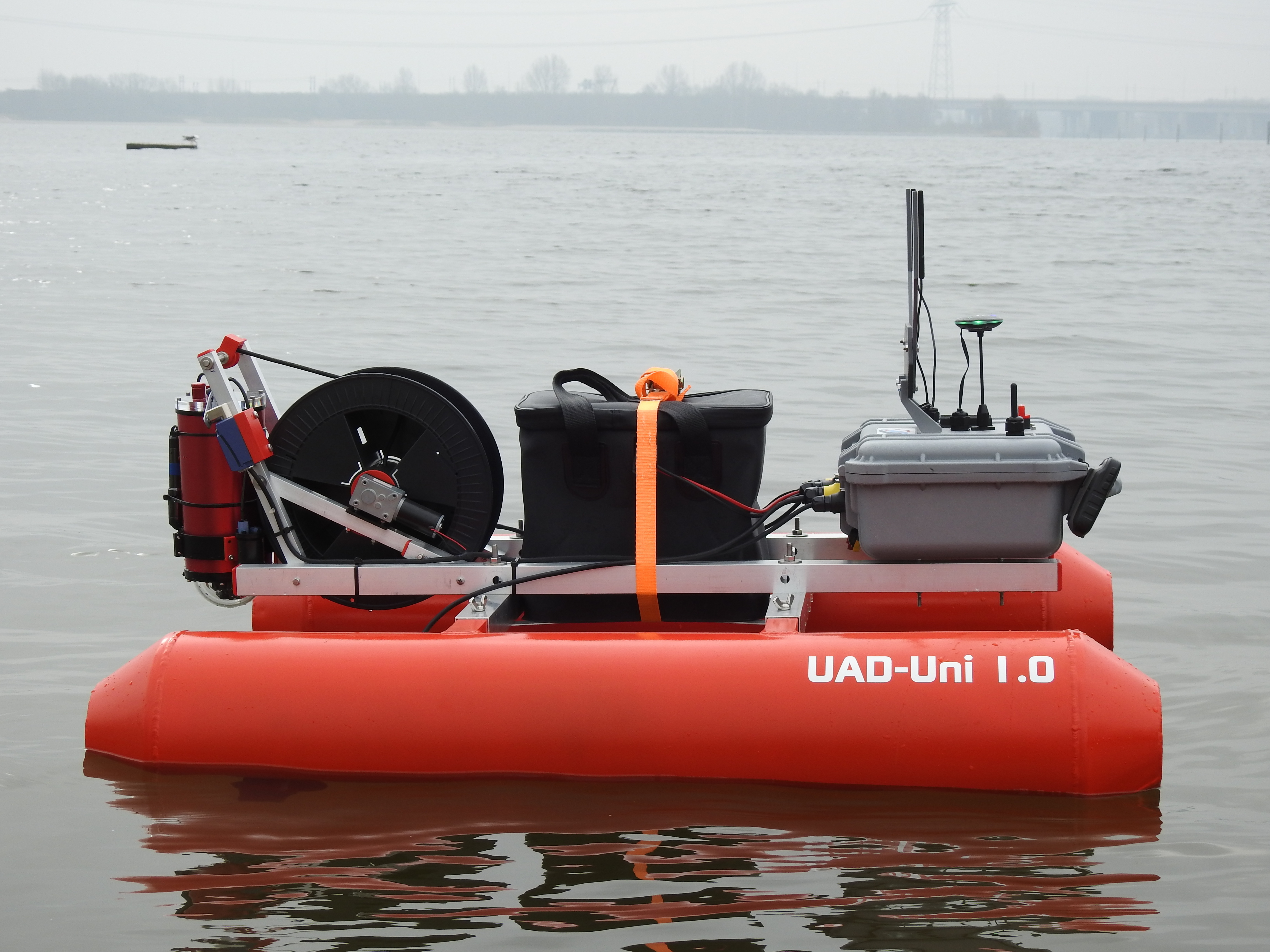
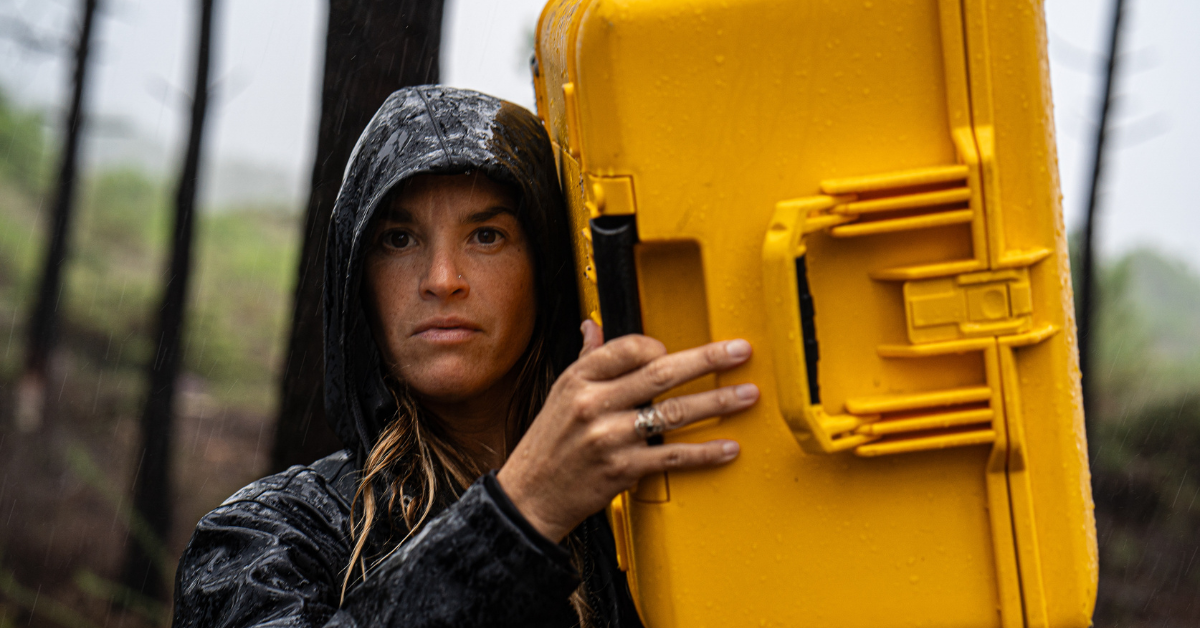
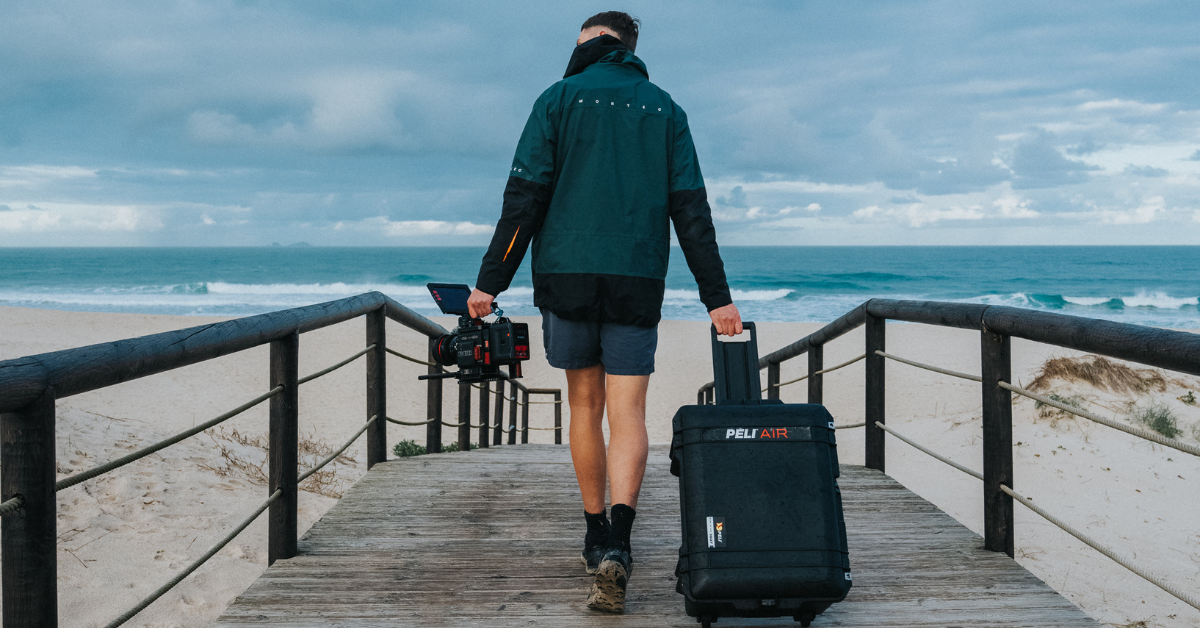
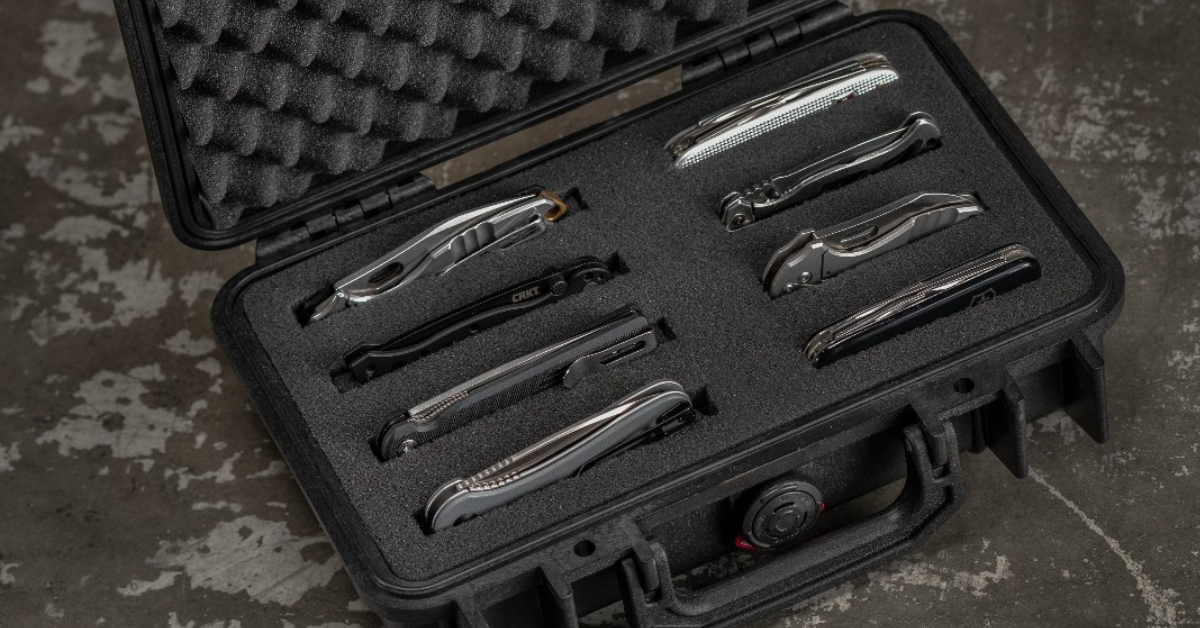
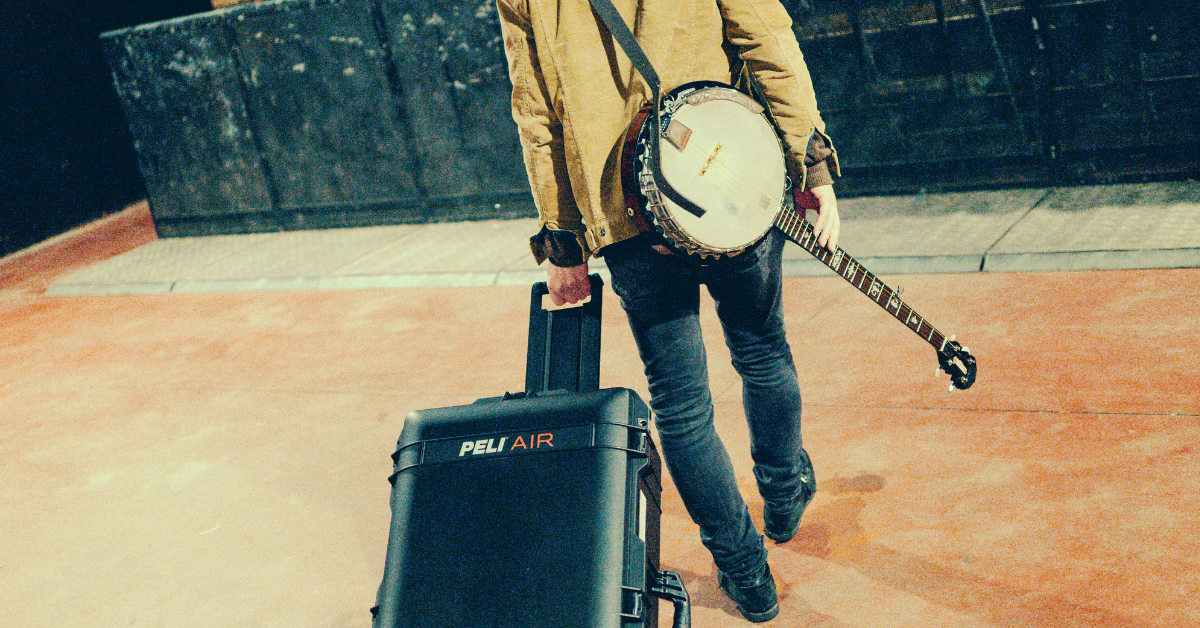

Post a comment